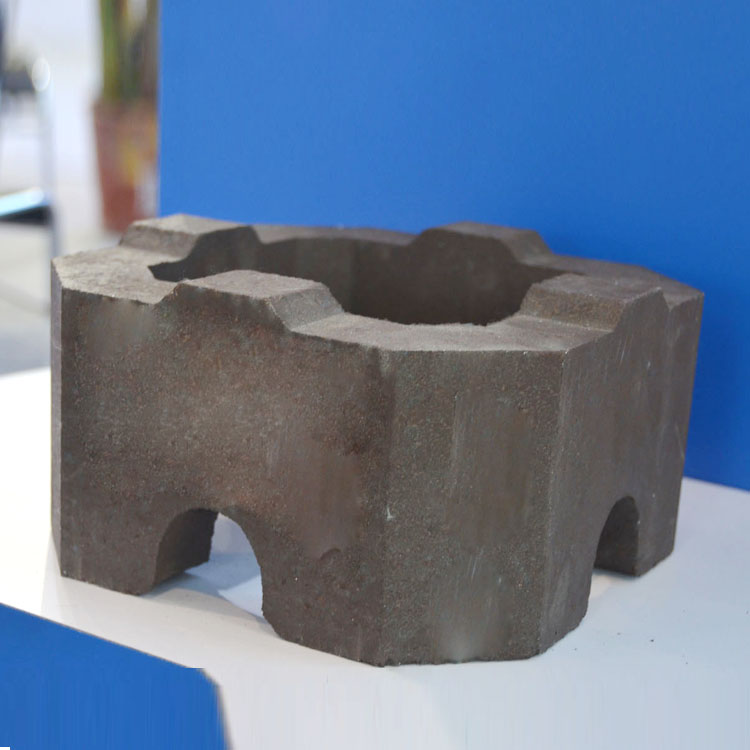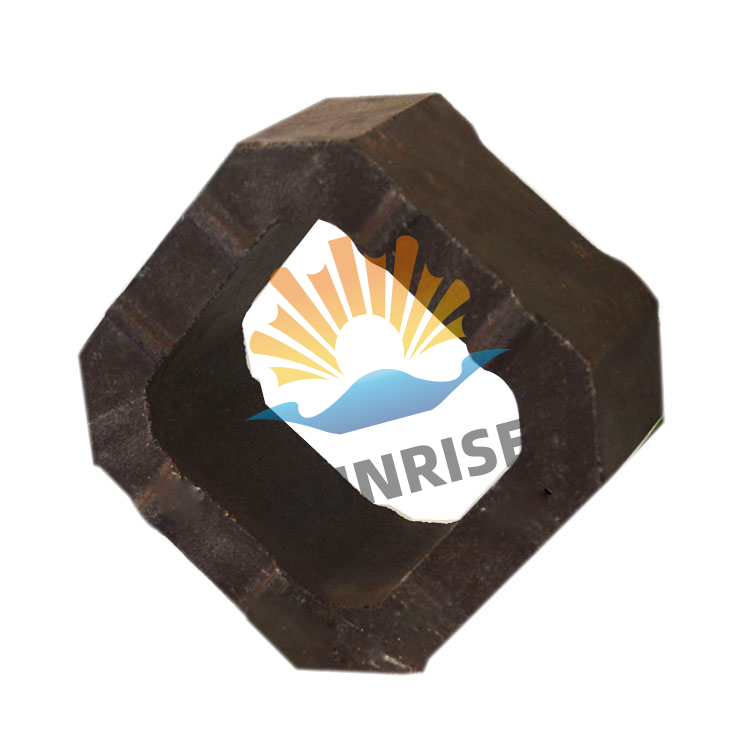
The global refractory market has witnessed significant growth in recent years, driven by the expansion of industries such as steel, cement, and glass. These industries require high - performance refractory materials to withstand extreme temperatures, chemical corrosion, and mechanical stress. As the demand for more efficient and durable refractory products increases, there is a pressing need for innovative solutions in the market. Direct - bonded magnesia - chrome bricks have emerged as a game - changer, meeting these growing demands and revolutionizing the refractory industry.
Unfired magnesia - chrome bricks are one of the traditional types in the market. Their production process is relatively simple, mainly involving mixing raw materials and pressing them into shape without high - temperature firing. This method significantly reduces production costs. With a production cost about 30% lower than some fired bricks, unfired magnesia - chrome bricks also exhibit good thermal stability, able to maintain their structure under certain temperature fluctuations. However, they have a major drawback. Their high - temperature strength is far inferior to that of fired bricks. Under temperatures above 1500°C, their mechanical properties deteriorate rapidly, limiting their application in high - temperature industrial environments.

Direct - bonded magnesia - chrome bricks are manufactured through a high - temperature firing process at temperatures typically above 1700°C. This results in a direct bond between the magnesia and chrome components, giving the bricks excellent high - temperature resistance. They can withstand temperatures up to 1800°C without significant deformation. In terms of strength, these bricks have a compressive strength that is 50% higher than some traditional unfired bricks, providing reliable support in high - stress industrial settings. Additionally, they have strong chemical corrosion resistance, making them suitable for use in harsh chemical environments.

The emergence of direct - bonded magnesia - chrome bricks has had a profound impact on the refractory industry. Firstly, it has promoted technological upgrading. Manufacturers are now investing more in research and development to improve the production process of these bricks, leading to more advanced products. Secondly, it has changed the market landscape. With their superior performance, direct - bonded magnesia - chrome bricks are gradually replacing traditional products in high - end applications, capturing a significant share of the market. According to market research, the market share of direct - bonded magnesia - chrome bricks has increased by 20% in the past five years.
In a large - scale steel plant, the use of direct - bonded magnesia - chrome bricks in the lining of steel converters has extended the service life of the lining from 1000 heats to 1500 heats, reducing maintenance costs and downtime. A customer from the cement industry reported that after switching to direct - bonded magnesia - chrome bricks in their kiln, the energy consumption decreased by 15% due to the better heat - retention properties of the bricks. These success stories and positive feedback from customers highlight the practical value of direct - bonded magnesia - chrome bricks.
.jpg)
Looking ahead, the future of direct - bonded magnesia - chrome bricks is very promising. With the continuous development of industries such as steel, cement, and glass, the demand for high - performance refractory materials will only increase. Moreover, as environmental protection policies become more stringent, the development of more environmentally friendly production processes for direct - bonded magnesia - chrome bricks is also on the horizon. This will further enhance their market competitiveness and ensure their long - term success in the global market.
Don't miss out on the opportunity to enhance your industrial operations with our high - performance direct - bonded magnesia - chrome bricks. Contact us today to learn more about how these bricks can bring you a competitive edge in the market!

